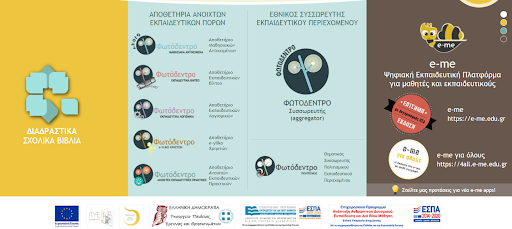Tradiotional
costume consisting of an overcoat and apron,both made of wool ,a long shirt
worn as a dress ,and a kerchief used as a head-cover .It is also decorated with
metal coins.(Aristea,Maria)
2.The male uniform of Thrace
All the inhabitants of Thrace
wear “potouri” pants. This is a type of wide trousers worn only in Thrace and gave
its name to the whole Thracian male costume. It was made of woolen fabric,
which was usually brown for the everyday costume and black for the formal one.
The male uniform of Thrace are also consisted of the shirt, which was
white and cotton, embroidered around the neck, on the front and on the sleeves.
Everyday shirts used for work were usually dark blue or brown, with the
stripes or checked patterns.
The shirts had wide sleeves. Over the shirt they wore vests, either open
or closed on the front, depending on the area. There were also short overcoats
in dark blue, brown or black colour, and they were called “tzamadani”.(Christos V.-Vasilis)
3.Vlacha -segouni
The
designer of the cloths was based on oral directions and descriptions of a
traveler or a quickly-made sketch of the costume. Sometimes designers combined
elements of two different costumes to create a new one.This one comes from
Makedonia.It consists of the traditional vest, the shirt,the head scarf,the
skirt and the necklace of golden coins.(Anastasia-Stavroula)
4.The female costume of Kavakli area (
The female costume of Kavakli in Thrace
The shirt is cotton white with darker blue sleeves and silk embroidery
around the edge and the sleeves.
There was a colourful striped waistband and an apron, which was usually
red for the young women.
Several types of overcoats covered the body, according to the weather
conditions.
There were black or white knitted socks and traditional shoes.
A kerchief was worn on the head and a jewel including 5-15 coins
decorated the fronthead(Sotiris,Valadis)
Traditional costume which consists of : a woolen
embroidered jacket ,a shirt,a skirt,a belt ,an apron,a head-cover and
decorative coins.(Panagiotis,Panos,Christos K)
Tradicional
costume ,consisting of a woolen embroided overcoat,a woolen apron,an internal
dree,a kerchief used a head-cover,a metal ornament on the belt ahd decorative
metal coins.(Geogre,Panagiotis K)
7.Traditional Greek costumes
Local
costumes ended from the time of the Byzantine Empire
and afterwards bearing no resemblance to ancient Greek attire.
Female Costumes
The Greek
female costumes can be divided into two major categories. The first one ,with
pure Byzantine origin and the second one which was affected by the western
Renaissance. The local female clothing in Greece started to change radically
with the constant invasion of the western fashion during the period, firstly due to the foreign
queens(Amalia,Olga,Sorhia)and afterwards because of the continues contact of
villages with towns and of towns and of
towns with the capital. Most costumes consist of :A long shirt which is present
in every Greek costume .A kind of dress-like vest (locally called “kaftani”,
“kavali”, “anteri”,sayia”)usually made of previous wooden fabric ,or an
overcoat with or without sleeves made of wood(named “giourdi”or “sigouni”).The
dress, which could be either wide or tight-fitting around the waist. A wider
piece of cloth tied around the waist ,a belt and an apron. A kind of short
jacet with or without sleeves (called “kontogouni”or “gileki”).Different kinds
of underwear and accessories .Complicated head covers, usually bridal ones
which often symbolized shame ,fertility etc. Precious ornaments and jewelers
socks and shoes. (Stelios-Stauroula-Anastasia-Sotiris)
8.Antartiko from Florina (Makedonia)
Traditional
costume which consists of: a woolen short overcoat without sleeves, a shirt, a
blue and white belt and a local type of hat called “cape”.(Nikos-Christos S)









